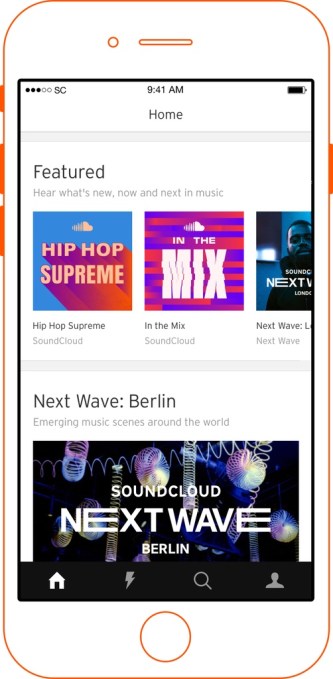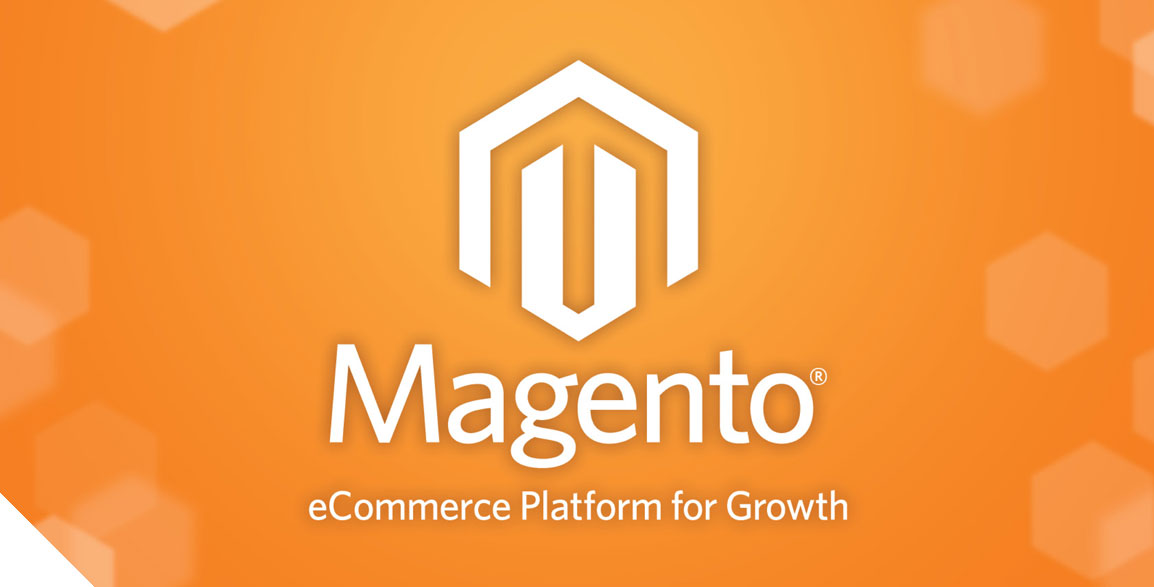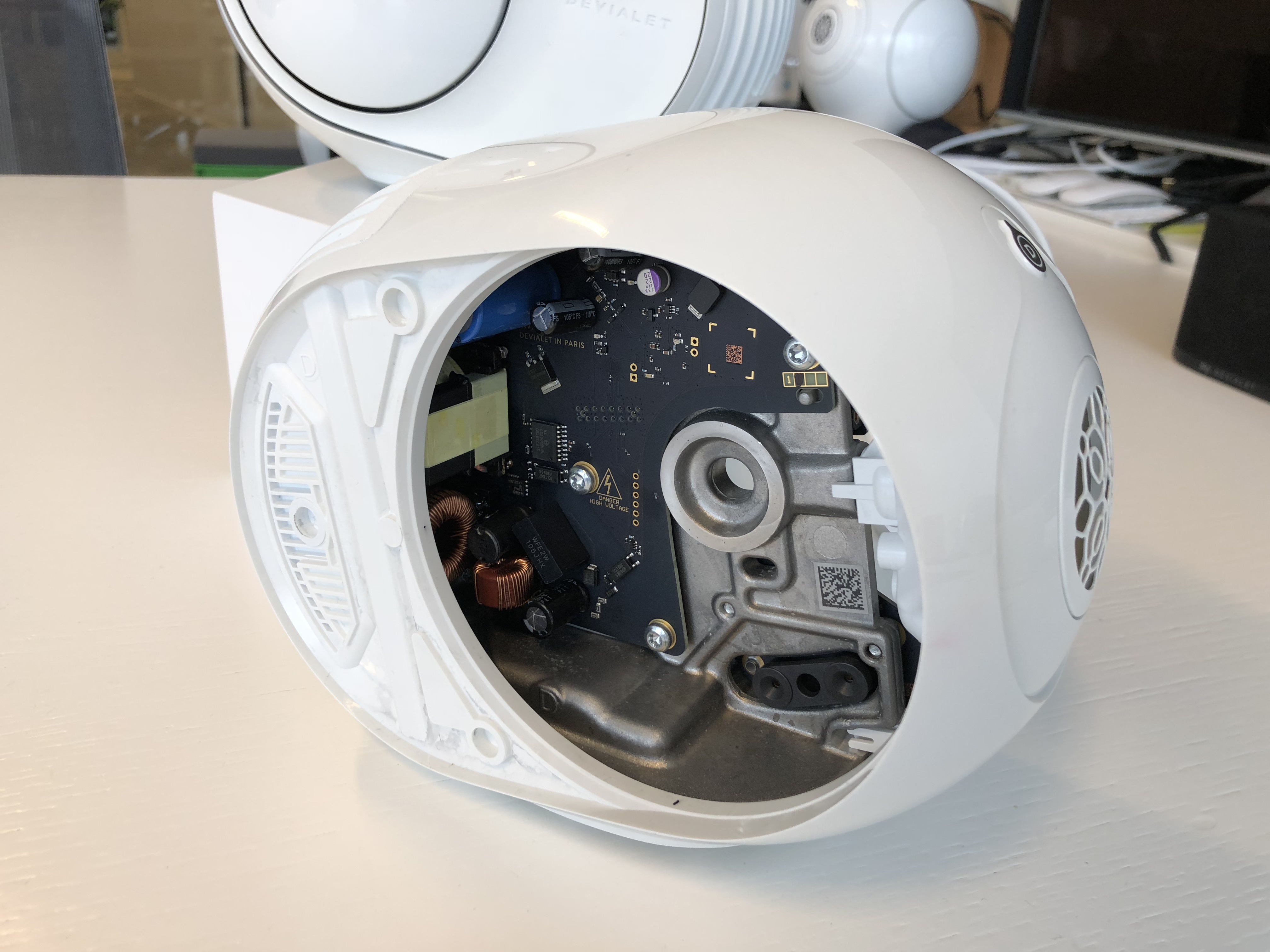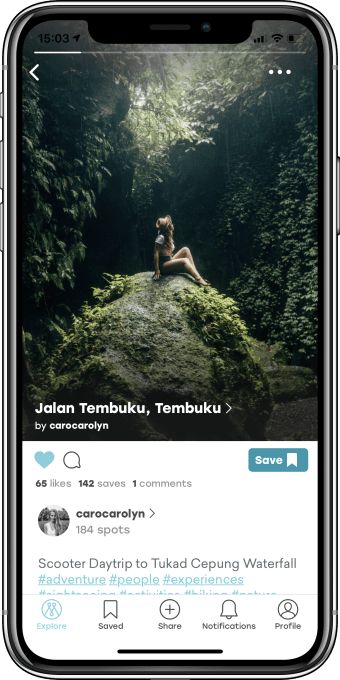Microsoft’s Powerpoint today has over 1 billion installs, 500 million users, and some 95 percent market share, making it the most ubiquitous presentation software in the world. But that doesn’t make it the most loved. Now, a new startup out of Berlin called Pitch is emerging from stealth with plans to challenge it, by making what CEO and co-founder Christian Reber describes as “a presentation tool for the Slack generation.” And to do so, the company is announcing $19 million in Series A funding, ahead of a projected launch date by Summer 2019 (Reber is talking, but without any previews of the actual product).
The Slack reference is intentional, not just because of how the product will be built (more on that below). Part of the funding is coming from the Slack Fund, the arm of the work-chat unicorn that makes strategic investments into like-minded startups. Others in the round include Index Ventures and BlueYard as leads, along with Zoom CEO Eric Yuan, Framer CEO Koen Bok, Elastic Co-Founder Simon Willnauer, Datadog CEO Olivier Pomel, Wunderlist-backer Frank Thelen, and Metalab Founder Andrew Wilkinson. Blue Yard led Pitch’s seed funding as well: the company has raised $22 million to date.
“Pitch is one of Europe’s few true product-centric companies breaking new ground in software for businesses,” said Neil Rimer, partner at Index Ventures, in a statement. “From messaging to file sharing, software companies like Slack and Dropbox have transformed how teams work together and unlocked greater productivity as a result. We believe Pitch has the potential to redefine the presentation space and become a central hub for content collaboration, knowledge-sharing, and ultimately a platform for better decision-making.” Rimer’s also joining the board.
If $22 million sounds like a lot of money for a product that hasn’t launched, in a field that already has a very dominant player, Pitch is not your average contender. it’s being built by the same founders who created Wunderlist, a popular to-do app that — coincidentally — Microsoft acquired to supercharge its existing list-making and to-do software. You could say that Pitch knows just what it is pitching, when it goes after a problem that already appears to be “solved.”
In an interview, Reber said that he and the team — which includes founders Vanessa Stock; Marvin Labod; Adam Renklint; Charlette Prevot; Jan Martin; Eric Labod; and Misha Karpenko and 12 others — have been at work on the app for about nine months already and that it is in some private betas with a few businesses.
As for the app itself, Reber would not show it off to me, but he did provide some detail about what it’s setting out to do.
The premise behind Pitch is to make “a presentation tool for the Slack generation,” he said, in reference to the workplace communications tool that became a runaway hit with organizations because of its ease of use, its speed, and the fact that it positions itself as a platform, integrating with just about any app that a person might use in the normal course of a working day, turning itself into a communication layer underpinning all those apps, too.
The same will go for Pitch. “Pitch integrates with everything you already use,” Reber said, describing Pitch presentations as “living documents” that will essentially update with information as data in other documents gets modified.
There will also be a social element, a la SlideShare (a cloud-based presentation app that was acquired by LinkedIn many years ago but has seen few updates since, and of course now is part of Microsoft too, like PowerPoint). In the case of Pitch, users will be able to create documents for their own ends, but they can also use Pitch as a distribution platform, either to a selected group of users (for example, if you are pitching your startup to investors), or to a wider audience who are also Pitch users.
It’s ironic that Reber, who joined Microsoft along with the rest of the Wunderlist team when the startup was acquired, left the mothership rather than potentially trying to either build another presentation tool within Microsoft, or moving to PowerPoint to work on updating that product. The reasons, I suspect, are the same ones that keep large tech giants from being able to move quickly on ideas, and to often live with bad ones for too long: they are too big and too entrenched, and the halls are rife with politics.
Reber — who jokes that he seems to have a knack at trying to build things “that others have already built” — said that another reason is that he also has a little regret for selling Wunderlist when they did. “I didn’t feel like I’d accomplished my goal,” he said reflecting on the sale. (For the reasons why he sold anyway, you might speak to a lot of other founders who have exited, and I’d guess that the multiple reasons are often the same.) “So, a year after the exit I thought I would like a chance to start from scratch and be more strategic in how I built my startup.”
The choice to tackle presentations came, as many startup ideas often do, out of his own frustrations — and possibly yours, too, if you have been PowerPointed at some moment in your life.
The most popular presentation tools that exist today are just outdated, he said, with different versions out in the wild, across different platforms, making for a challenge in sharing presentations with others. Reber describes the Pitch-nee-Wunderlist team as “design driven,” you can imagine how that kind of lack of aesthetic consistency might grate.
He noted that Pitch is built on Electron — the application framework that’s used for WhatsApp, WordPress and many other apps — to smooth out some of those bumps across platforms.
Pitch is most certainly going into business with its eyes open, knowing that even if you put Microsoft’s PowerPoint and SlideShare to the side, there are yet others, such as Keynote from Apple, the web-based Prezi, and Slides from Google. But there are plenty of precedents that nevertheless indicate opportunity.
“It’s really fascinating for me why new products win,” Reber said. “Just look at the business communications space. The market was saturated, and Hipchat dominated the startup world, but then all of the sudden Slack came and everything change. It just took over. There will be a similar shift, I think.”
Besides, he added, having multiple competitors is a good thing. “It just means that the best product will come out the winner.” Let’s hope so.



 Beyond payouts, Premier members can post new tracks instantly without having to wait to be discoverable or monetizable, they’ll get real-time feedback from fans, and extra discovery opportunities from SoundCloud. The company hopes monetization will lure more creators to join the 20 million on the platform, get them to promote their presence to drive listens, and imbue the site with exclusive artist-uploaded content that attracts listeners.
Beyond payouts, Premier members can post new tracks instantly without having to wait to be discoverable or monetizable, they’ll get real-time feedback from fans, and extra discovery opportunities from SoundCloud. The company hopes monetization will lure more creators to join the 20 million on the platform, get them to promote their presence to drive listens, and imbue the site with exclusive artist-uploaded content that attracts listeners.
 “From the time that this company started to today, our focus has been pretty much exactly the same,” Adobe’s SVP of Strategic Marketing Aseem Chandra told me. “This is, how do we deliver better experiences across any channel in which our customers are interacting with a brand? If you think about the way that customers interact today, every experience is valuable and important. […] It’s no longer just about the product, it’s more about the experience that we deliver around that product that really counts.”
“From the time that this company started to today, our focus has been pretty much exactly the same,” Adobe’s SVP of Strategic Marketing Aseem Chandra told me. “This is, how do we deliver better experiences across any channel in which our customers are interacting with a brand? If you think about the way that customers interact today, every experience is valuable and important. […] It’s no longer just about the product, it’s more about the experience that we deliver around that product that really counts.”



 Launched in November 2017 — and a
Launched in November 2017 — and a